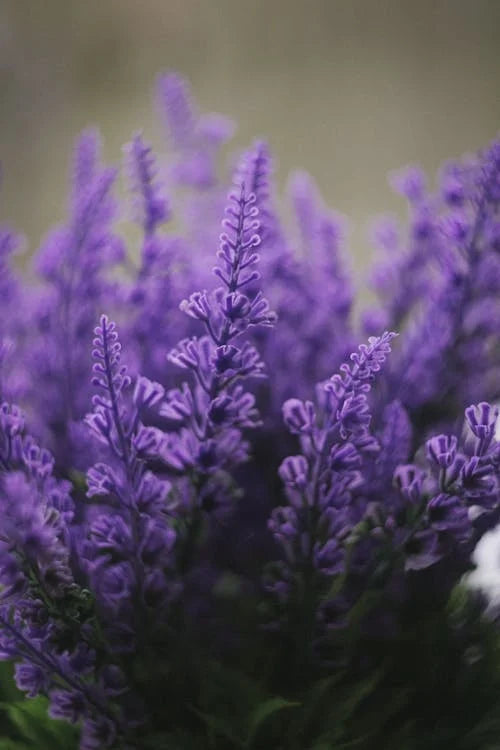
Care and maintenance: lavandula (lavender)
Share
Lavender, or Lavandula, is a classic garden plant known for its fragrant flowers and versatility. This Mediterranean beauty is not only a delight for the senses, but also a favorite of bees and butterflies. With the right care, lavender will bloom abundantly and remain an eye-catcher in your garden for years to come.
Watering: Lavender is a drought-tolerant plant that does not like wet feet. Water it moderately and make sure the soil is well-drained. In the spring and during prolonged dry periods you can give some extra water, but do not overdo it. Too much moisture can cause root rot.
Pruning: Pruning is essential to keep lavender compact and healthy. Prune immediately after flowering, usually in late summer, and cut back about a third of the plant. Be careful not to prune into the old wood, as lavender usually does not grow back there. In spring, you can trim it lightly to maintain its shape.
Location: Lavender likes a sunny spot. The more sun, the better it will flower. It thrives best in well-drained, chalky soil. Do you have heavy clay soil? Mix some sand or gravel through the soil to make it more airy.
Fertilizing: Lavender needs little nutrition. A light fertilization in the spring with an organic fertilizer is sufficient. Over-fertilization can actually reduce flowering, because lavender is used to growing in poor conditions.
